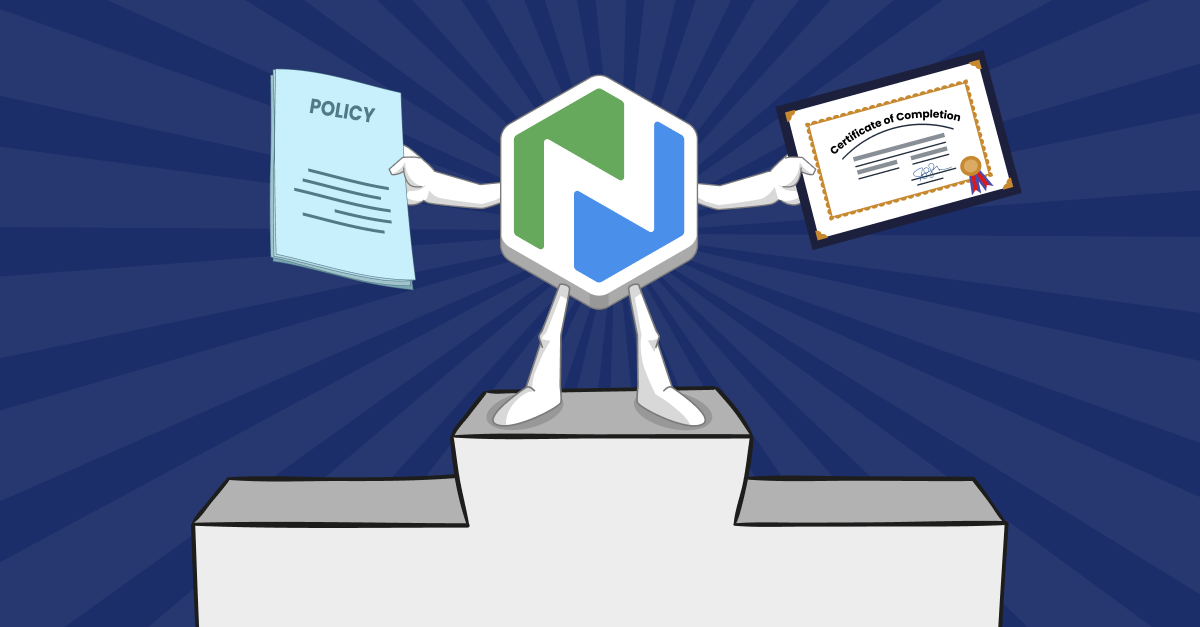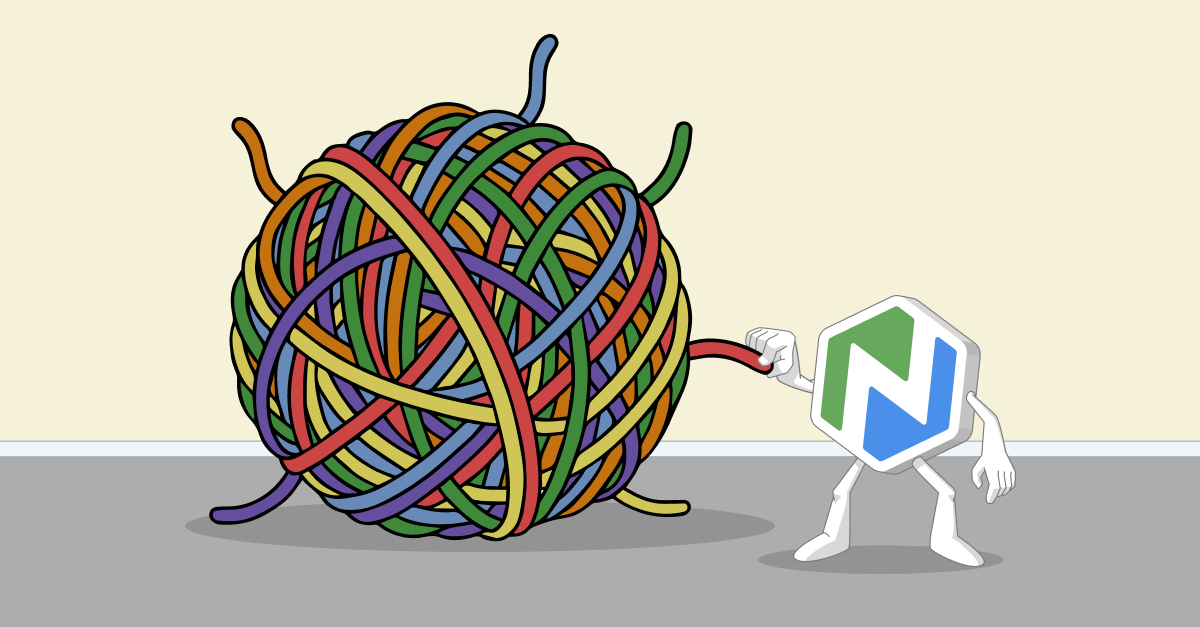How to Manage a Grant Without Losing Your Mind
Got a grant? Here’s how to manage reporting, finances, and stakeholders with skill—plus tips for keeping your sanity along the way.
.png)
Congratulations! You’ve just gotten a grant!
Now what?
Getting grants is a huge accomplishment. It’s also a lot of work! Once you get that acceptance letter, you have to launch the project, whether you’re ready or not! Often when I heard a grant I’d submitted had been accepted, I’d think, “Yes! We got it!”
Then I’d think, “Oof. Now the real work starts.”
Whether it was planning an event, organizing an exhibit, or building a service, there was always a lot to do. And that was in addition to managing the paperwork and reporting that grantors required.
Even though it’s a lot of work, implementing a grant-funded project is a great way to learn project management skills, including communication, scheduling, soliciting feedback, preparing reports, and managing money. And the great thing about project management skills is they’re transferable. Long after the final report is in, you’ll still have them. But, you have to get through the grant first.
Let’s look at how.
Accepting the Grant
Most grants have some kind of formal acceptance process. You may have to fill out a form or sign a letter. Contact the granting agency and find out who your main contact is. Set up a time to chat and ask any questions you have about formally accepting the grant.
Read through the grant to understand its terms, conditions, and deadlines. Sometimes, a grantor may only fund part of a project. Or they may have strict deadlines for spending money. If you have to make changes to your initial project, be transparent with the grantor. Explain your situation and ask about next steps.
You should also ask them how they’d like to hear from you throughout the project. Do they plan on visiting your library to see how the project is going? Do they want regular updates via emails or phone calls? Or do they only care about the final report? Setting clear expectations up front avoids miscommunication or confusion down the line.
Once you sign the grant, send it back and file a copy with the application so you have it in your records. This is a great way to start the habit of saving everything related to the grant.
I like to tell people that grants aren’t free money. They’re contracts, and you have to follow them. You’ll need to comply with requirements and understand any rules or regulations governing how you manage the project. Be sure you fully understand your responsibilities, and ask questions if you don’t.
Communicating with Stakeholders
Grants are a big deal, and you should share your success! They are evidence of your skill as a grant writer and your library’s ability to bring in money for new projects or services. So tell everyone about them, especially the following groups:
- Internal stakeholders. Everyone who works in the library, plus your trustees, should know you’ve gotten the grant, where it comes from, and what it is funding. This keeps people from being surprised when new projects pop up or workloads shift as you’re managing the grant. It’s especially important to meet with everyone who will be working directly on the grant so they know their responsibilities.
- External stakeholders. I don’t think I’ve ever had a grant that didn’t have at least one partner. And my most successful grants had many partners who were all involved in different aspects of the project, from providing matching funds to sharing space and expertise. If you have partners, meet with them right away. Thank them for being part of the grant and outline roles, responsibilities, and schedules. As the project manager, you’re ultimately in charge of making sure everyone meets their obligations, so communicate clearly and frequently throughout the process.
- The media and public. Many grants come with a media kit that includes logos, social media graphics, and press release templates. Use these to publicize your grant and include any hashtags provided by the grant, or create your own to track social media engagement. See if you can get an interview with the local paper or TV station to talk about the grant and what it is doing for the community.
Managing Finances
It’s worth repeating: grants are not free money. They come with lots of financial restrictions, from what you can spend money on to when you can spend it. The details will differ depending on the type of grant and the regulations of the granting agency, but here are three common financial responsibilities:
- Manage money. Have I mentioned that grants aren’t free money? I know, I know, I’m saying it a lot. But it’s important to acknowledge that you’re responsible for using the funds how and when you said you’d use them. Most grants will let you move small percentages of money from one category to another, but I’ve never worked on a grant where there were discretionary funds to put towards whatever I wanted. Pay careful attention to regulations and don’t spend on anything that’s not allowed.
- Track spending. Whether there is a formal tracking system or not, you’ll want to keep careful accounts of finances. My rule: keep everything. Even if you spend three dollars on a box of pencils, save the receipts. Some grants will have specific rules about what you need to keep and for how long. Pay attention to these so that if you’re audited, you have records of everything. I used to keep big binders of receipts, expense reports, and other documents on a shelf in my office (#oldschool).
Lots of grants want to see in-kind contributions, so you may need to track these as a form of “spending” as well. Record how many hours you, your team, and your partners spend on the grant project, and what those hours are worth. Even if the grant doesn’t require it, this kind of data is useful for getting a sense of how many staff hours are going towards the product. It’s a lot of work, but I always erred on the side of gathering more information. - Create reports. If your grant has a formal financial reporting process, make sure you follow it. And don’t wait until the end of the grant to fill out the report. It will be much easier to set aside time each week to make sure receipts and records are organized and accounted for. Track your budget in real time, make copies of receipts and expenses, and put it all together in a file or using any grant software systems the grantor provides.
Reporting Back to the Grantors
The final grant and financial reports are where you let the grantor know how the project went. Some granting agencies may have specific forms they want you to use or information they want to see. Check with the grantor if you have questions—you want to put in a strong final report so you leave the grant on good terms, which can be important if you want to apply for more funds in the future. Here are a few things to keep in mind to make reporting easier:
- Keep records. Throughout the grant, keep records of everything—starting with the application and ending with the final report. Keep all receipts, media and marketing materials, travel records, and budgets as they’re created. If you took photos or videos, or have media clippings or screenshots, save those too. The grantor might not want to see everything, but having all the records in one place will make final reporting easier.
- Gather feedback. Final reporting is also easier if you gather feedback throughout the grant instead of waiting until the end for statements from partners or participants. Surveys, attendance numbers, feedback forms, and other sources of data are invaluable for showing the impact the grant had in the community. Gather it as you go and try to summarize, organize, and take notes on it. That way, you won’t have to spend hours going through door counts or reading feedback forms.
And don’t forget qualitative data. Numbers are great, but if there’s a story that highlights the impact of your grant, include it in the final report. Narratives stand out to people, and my best feedback came not from showing how many people attended an event (though I included that) but on the stories of one or two people who really connected with the project the grant had funded. - Prepare the final report. You may have a final report template from the grantor, but if you don’t, keep the reports structured and easy to read. Use headings and subheadings to divide important information, making it easy for you to write and for grantors to read. Keep the focus on the impacts and outcomes of the grant. The report should highlight not just what you did, but why it mattered.
Pull in feedback, financial reports, and any interesting data or stories you have. I also liked to add a handwritten thank you note. It may not have made any difference to the grantors, but it gave me a few minutes to pause, collect my thoughts, and jot them down in a heartfelt way. Once you have everything ready to go, submit the report on time and start preparing for your next grant!
Keep Learning
I love grant writing, project management, and—yes—even grant reporting. It’s a lot of work, but it’s so gratifying to bring special events or new programs to the community.
If you’re ready to write a grant, or you’ve gotten one (yay!) and are starting to think about how to manage it, we’ve got you covered. Niche Academy has a series of eleven tutorials that cover grant writing and management. Each comes with clear, concise steps and activities that help you move along the process, not just read about it!
So if you’re ready to explore grants to benefit your community, sign up for a free trial today and check out the series. It will help you become a more skilled and confident grant writer and project manager!

.png)
.png)

.png)
.png)
.png)

.png)
.png)

.png)
